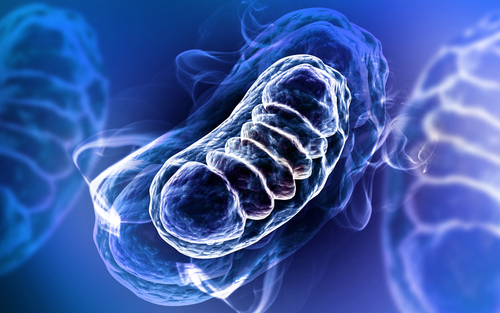Abstract
The imbalance between antioxidant system and reactive oxygen species (ROS) generation is related to epileptogenesis, neuronal death, and seizure frequency. Treatment with vitamin E has been associated with neuroprotection and control of seizures. In most experimental studies, vitamin E treatment has short duration. Therefore, the aim of this study was to verify the role of long-term treatment with vitamin E in rats submitted to the pilocarpine model of epilepsy. Rats were divided into two main groups: control (Ctr) and pilocarpine (Pilo). Each one was subdivided according to treatment: vehicle (Ctr V and Pilo V) or vitamin E at dosages of 6 IU/kg/day (Ctr E6 and Pilo E6) or 60 IU/kg/day (Ctr E60 and Pilo E60). Treatment lasted 120 days from status epilepticus (SE). There were no statistical differences concerning treatment in the Ctr group for all variables, so the data were grouped. Carbonyl content in the hippocampus of Pilo V and Pilo E6 was higher compared with that of the Ctr group (8 ± 1.5, 7.1 ± 1, and 3.1 ± 0.3 nmol carbonyl/mg protein, respectively for Pilo V, Pilo E6, and Ctr; p < 0.05). Carbonyl content was restored to control values in Pilo E60 rats (4.2 ± 1.1 and 3.1 ± 0.3 nmol carbonyl/mg protein, respectively for Pilo E60 and Ctr; p > 0.05). The volume of the hippocampal formation (6.5 ± 0.3, 6.6 ± 0.4, 6.3 ± 0.3, and 7.4 ± 0.2, respectively for Pilo V, Pilo E6, Pilo E60, and Ctr) and subfields CA1 (1.6 ± 0.1, 1.4 ± 0.2, 1.5 ± 0.1, and 2 ± 0.05, respectively for Pilo V, Pilo E6, Pilo E60, and Ctr) and CA3 (1.7 ± 0.1, 1.5 ± 0.2, 1.4 ± 0.1, and 2 ± 0.1, respectively for Pilo V, Pilo E6, Pilo E60, and Ctr) was reduced in the Pilo group regardless of treatment. Parvalbumin immunostaining was increased in the hilus of the Pilo E60 group compared with that in the Ctr group (26 ± 2 and 39.6 ± 8.3 neurons, respectively for Ctr and Pilo E60). No difference was found in seizure frequency and Neo-Timm staining. Therefore, long-term treatment with 60 IU/kg/day of vitamin E prevented oxidative damage in the hippocampus and increased hilar parvalbumin expression in rats with epilepsy without a reduction in seizure frequency.


